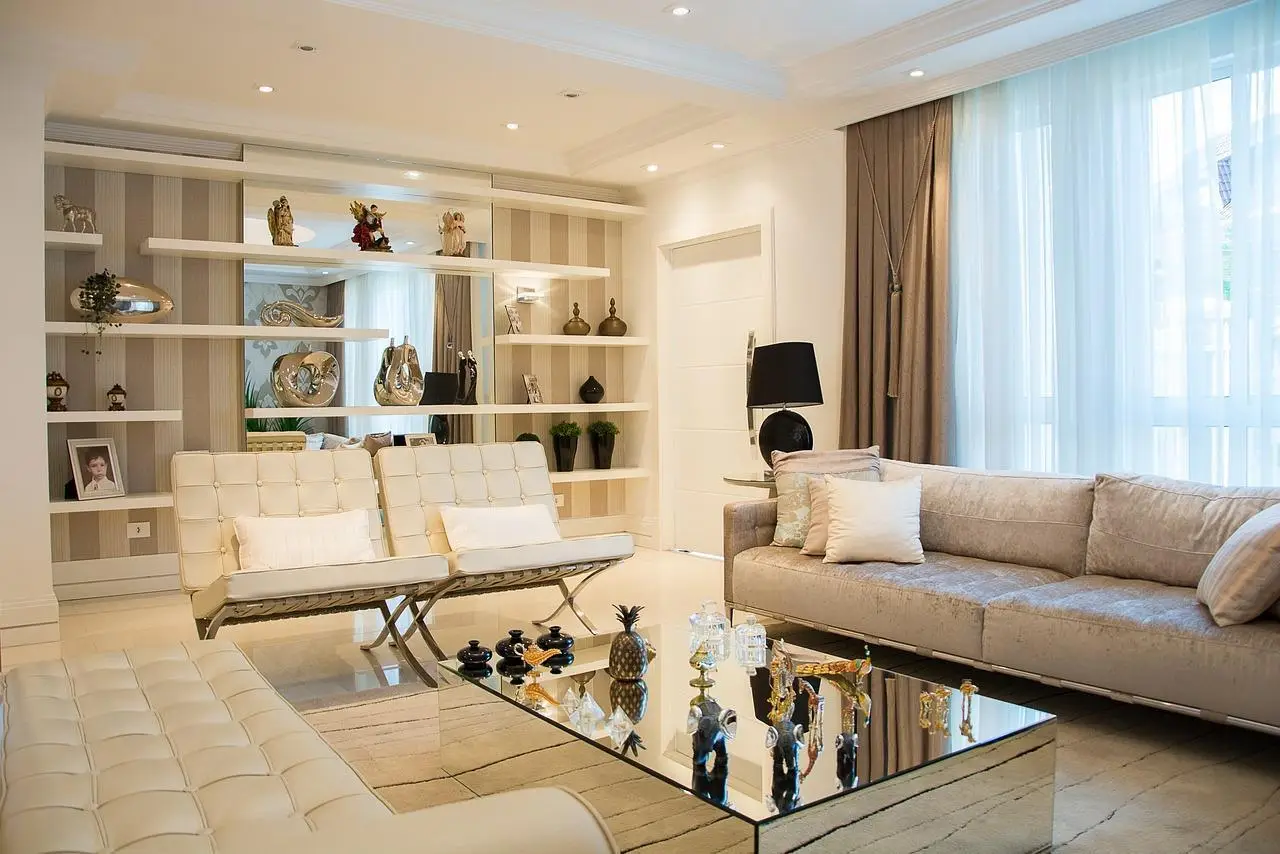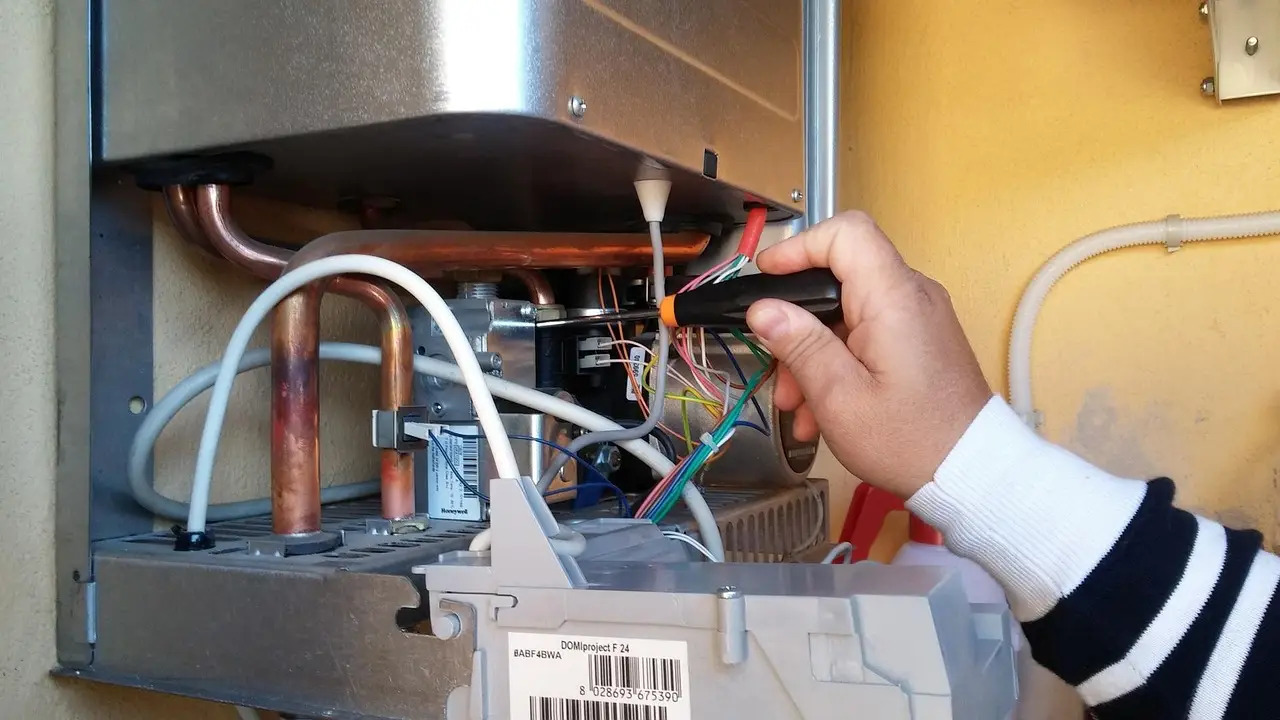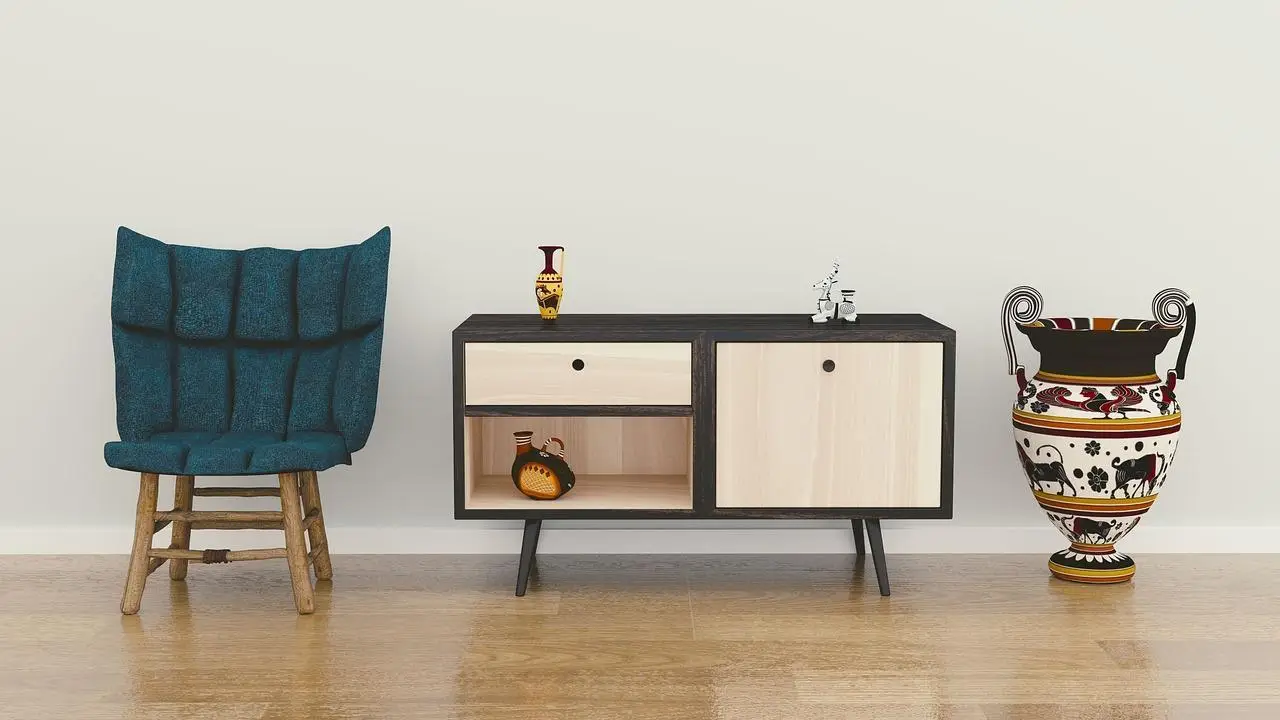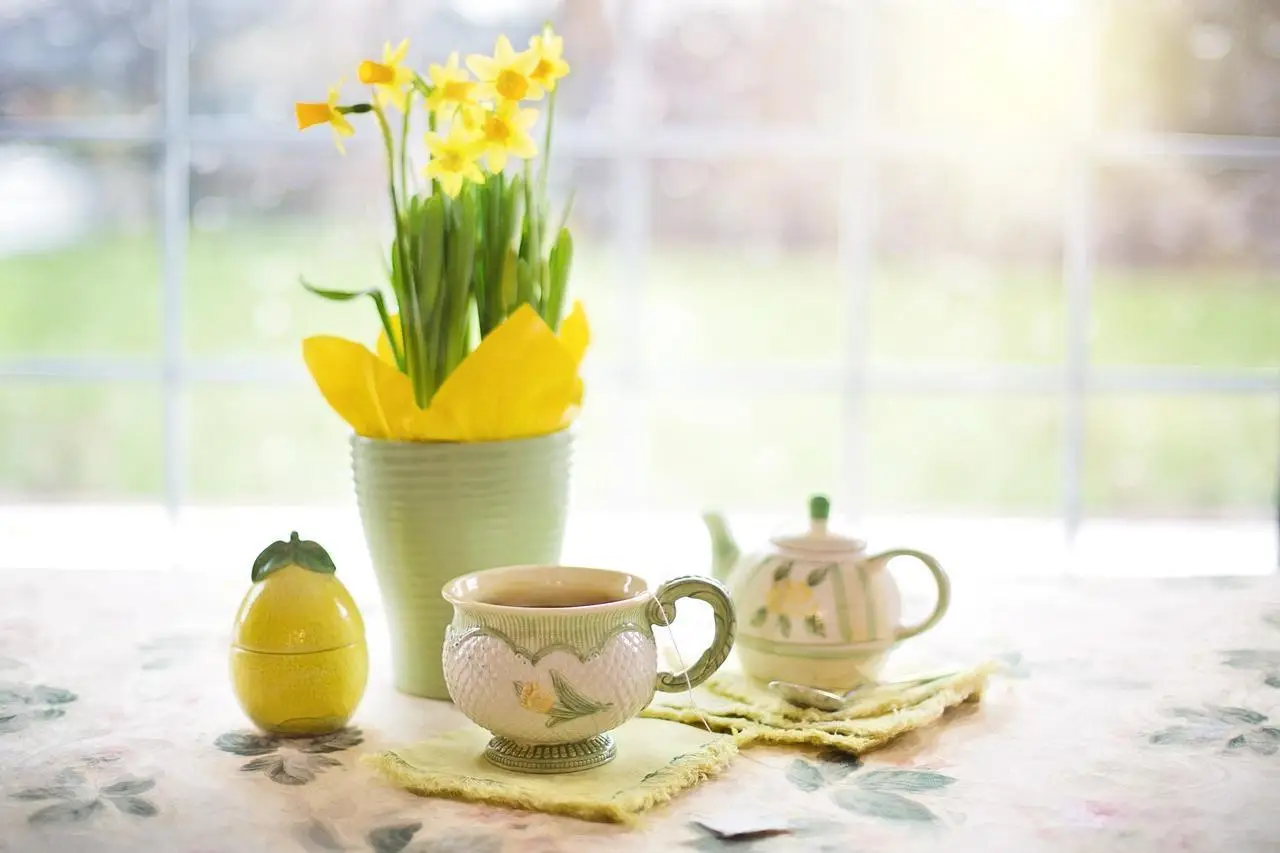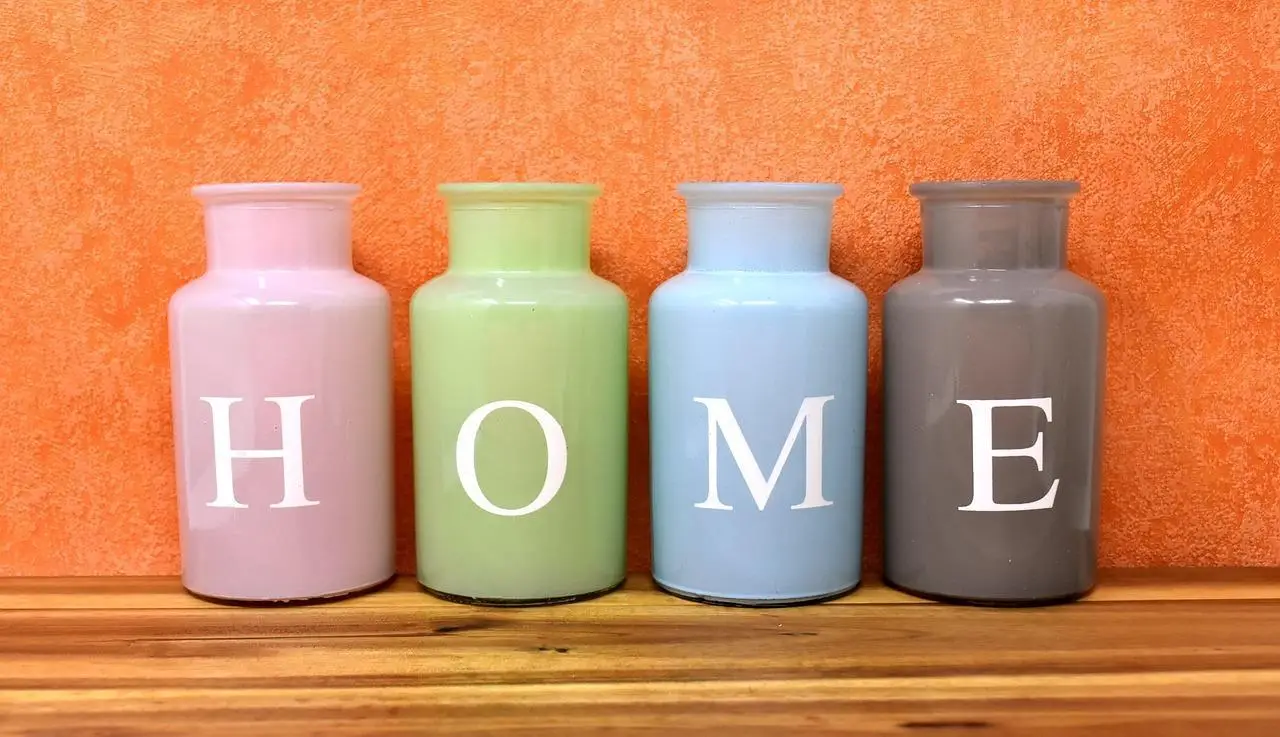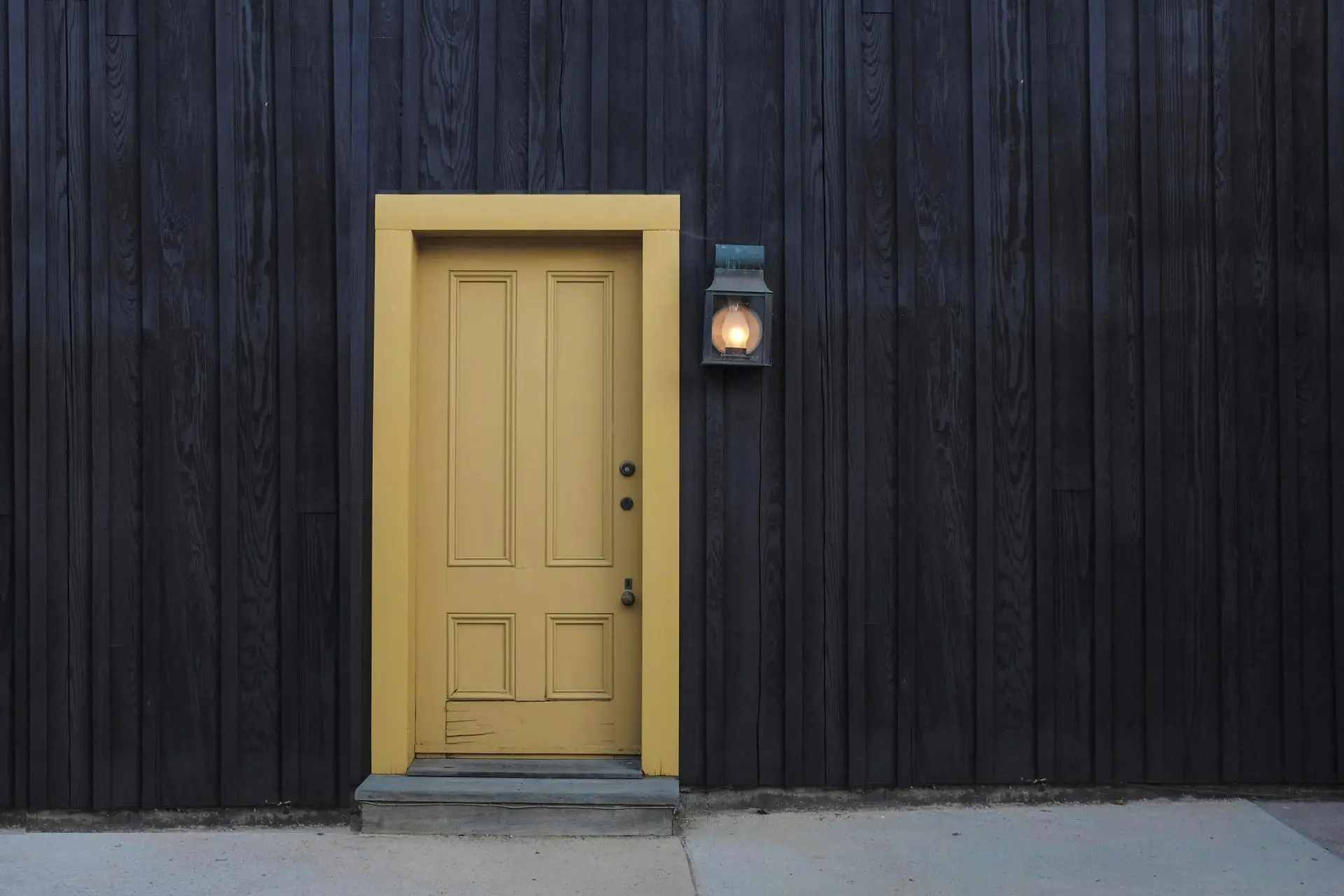Why Your Home Feels Cluttered Even When It’s Clean
A clean home doesn’t always feel organized. Many people find themselves frustrated when, despite their best cleaning efforts, their living space still feels chaotic and cluttered. This disconnect often arises from deeper issues related to organization, layout, and the way items are stored or displayed. Understanding why your home feels cluttered even when it’s clean can help you identify the root causes and implement practical solutions to create a truly harmonious and functional living environment.
In this article, we’ll explore the common reasons behind this phenomenon and provide actionable tips to help you transform your space into one that feels both clean and clutter-free.
The Difference Between Clean and Organized
It’s important to distinguish between cleanliness and organization. A clean home refers to the absence of dirt, dust, and grime, while an organized home focuses on the strategic placement and storage of items to create a sense of order. Even the cleanest home can feel cluttered if items are not stored properly or if there is too much visual noise.
For example, a kitchen countertop may be spotless but feel cluttered if it’s covered in appliances, utensils, and decorative items. Similarly, a living room with clean floors and dust-free surfaces can still feel chaotic if furniture and décor are poorly arranged. Recognizing this distinction is the first step toward addressing the issue.
Too Much “Stuff”: The Root of Clutter
One of the most common reasons why a home feels cluttered is simply having too much stuff. Over time, it’s easy to accumulate items that take up space but no longer serve a purpose or bring joy. Even if these items are neatly arranged, their sheer volume can overwhelm a space and make it feel cramped.
- Sentimental items: Holding onto items for emotional reasons can lead to unnecessary clutter.
- Duplicate possessions: Having multiple versions of the same item (e.g., kitchen gadgets, tools, or linens) can add to the feeling of overcrowding.
- Impulse purchases: Buying items without a clear need or purpose can contribute to clutter over time.
Decluttering is a crucial step in creating a home that feels spacious and organized. By letting go of items you no longer need, you can free up space and reduce visual noise.
Poor Storage Solutions
Even if you’ve decluttered, your home can still feel disorganized if your storage systems are inefficient. Poor storage solutions often lead to items being left out in the open, creating a sense of chaos.
- Lack of designated spaces: Items without a specific home are more likely to end up on countertops, tables, or floors.
- Overstuffed closets and cabinets: When storage areas are packed to capacity, it becomes difficult to access items, leading to messier spaces.
- Visible storage: Open shelving or transparent containers can create visual clutter, even if the items are neatly arranged.
Investing in effective storage solutions, such as closed cabinets, labeled bins, and multi-functional furniture, can help keep your belongings out of sight and organized.
Visual Noise: The Hidden Clutter
Visual noise refers to the overwhelming effect of too many items in your line of sight. Even if a space is clean and organized, excessive patterns, colors, or objects can make it feel cluttered.
- Over-decorating: Too many decorative items, such as picture frames, vases, or knick-knacks, can make a room feel crowded.
- Busy patterns: Bold patterns on furniture, rugs, or curtains can compete for attention and create a sense of chaos.
- Exposed cords and cables: Visible wires and electronic accessories can disrupt the clean lines of a space.
Simplifying your décor and minimizing visual distractions can go a long way in making your home feel more serene and spacious.
Inefficient Furniture Placement
The layout of your furniture plays a significant role in how your home feels. Poorly arranged furniture can make a room feel cramped and disorganized, even if it’s clean.
- Overcrowded spaces: Too much furniture in one room can make it difficult to move around and create a sense of clutter.
- Lack of flow: Furniture that blocks pathways or creates awkward angles can disrupt the natural flow of a space.
- Unbalanced arrangements: Unevenly distributed furniture can make a room feel off-balance and visually chaotic.
Rearranging your furniture to create a more open and functional layout can instantly make your home feel more spacious and inviting.
Overloaded Surfaces
Flat surfaces, such as countertops, tables, and shelves, are magnets for clutter. When these areas are overloaded with items, they can make an otherwise clean room feel messy.
- Kitchen countertops: Small appliances, utensils, and decorative items can quickly take over valuable workspace.
- Coffee tables: Books, magazines, remote controls, and other small items can pile up, creating a cluttered look.
- Desks and workspaces: Papers, office supplies, and electronics can make a clean desk feel chaotic.
Clearing off surfaces and limiting the number of items displayed can help create a cleaner, more streamlined appearance.
Lack of Cohesive Design
A lack of cohesive design can contribute to the feeling of clutter, even if your home is tidy. When furniture, décor, and colors don’t work together harmoniously, the space can feel disjointed and overwhelming.
- Mismatched furniture: Combining too many different styles or finishes can create a chaotic look.
- Clashing colors: Using too many bold or conflicting colors can overwhelm the senses.
- Inconsistent themes: Mixing décor styles without a unifying element can make a space feel unorganized.
Creating a cohesive design by sticking to a consistent color palette, style, or theme can help your home feel more put-together and less cluttered.
Neglecting Hidden Clutter
Hidden clutter refers to the mess that’s out of sight but still contributes to a feeling of disorganization. Even if your surfaces are clear, overstuffed drawers, closets, and cabinets can create a subconscious sense of chaos.
- Junk drawers: Drawers filled with random items can make it harder to find what you need and add to mental clutter.
- Overflowing closets: Closets that are packed to the brim can make it difficult to keep your home organized.
- Under-bed storage: Storing items haphazardly under beds can contribute to a cluttered feeling.
Taking the time to declutter and organize hidden areas can create a sense of order that extends throughout your home.
The Emotional Impact of Clutter
Clutter doesn’t just affect the physical appearance of your home—it can also have a significant impact on your mental and emotional well-being. A cluttered environment can lead to feelings of stress, anxiety, and overwhelm, even if the space is clean.
- Decision fatigue: Constantly navigating around cluttered spaces can make daily tasks feel more difficult.
- Difficulty relaxing: A chaotic environment can make it harder to unwind and feel at ease in your own home.
- Reduced productivity: Clutter can be a distraction, making it harder to focus on work or hobbies.
By addressing the sources of clutter in your home, you can create a more peaceful and calming environment that supports your well-being.
Simple Strategies to Reduce Clutter
If your home feels cluttered even when it’s clean, there are several strategies you can use to create a more organized and harmonious space. These tips can help you address the root causes of clutter and maintain a tidy, functional home:
- Declutter regularly: Set aside time to go through your belongings and remove items you no longer need or use.
- Adopt a “one in, one out” rule: For every new item you bring into your home, remove an old one to prevent accumulation.
- Invest in smart storage: Use furniture with built-in storage, such as ottomans or beds with drawers, to keep items out of sight.
- Limit decorative items: Choose a few meaningful or impactful pieces to display, rather than crowding surfaces with multiple items.
- Create zones: Designate specific areas for different activities, such as work, relaxation, or dining, to keep your space organized.
By implementing these strategies, you can transform your home from feeling cluttered and chaotic to clean, organized, and inviting. A well-organized home not only looks better but also promotes a sense of calm and well-being for everyone who lives there.

